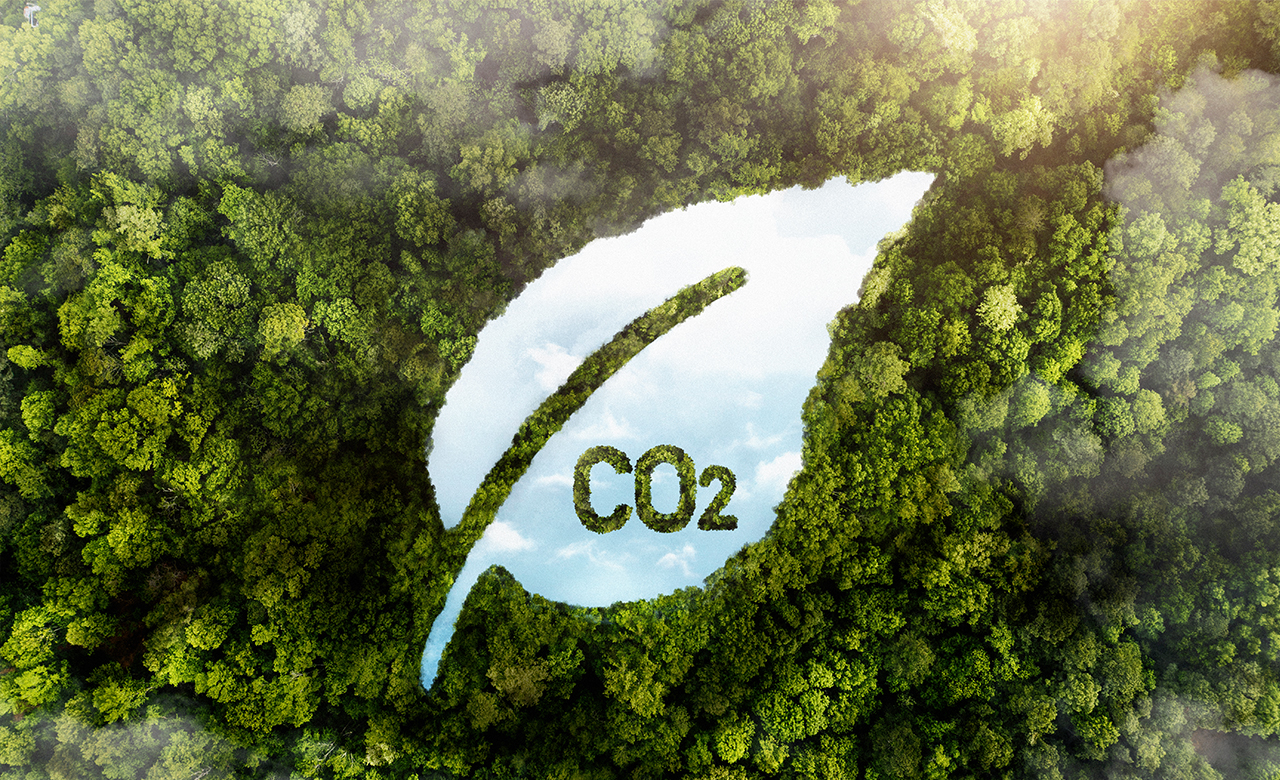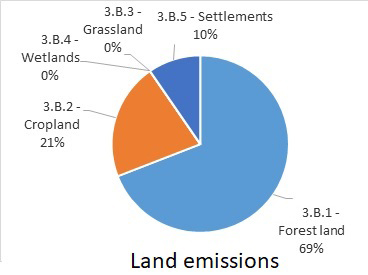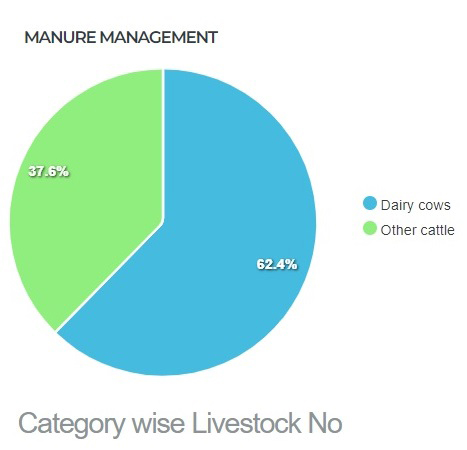
Fossil fuels are the most significant contributor to global climate change, accounting for over 75% of global greenhouse gas emissions and approximately 90% of all carbon dioxide emissions. Attentiveness to the matter is critical, and definite measures need to be undertaken by every nation, regardless of their development status, to combat the further devastation of the environment.
Zambia’s Proactive Approach:
Addressing the severity of the situation, Zambia has taken a stance by setting progressive emissions reduction goals. To mitigate such hazards, Zambia has been consistently committed to minimizing greenhouse emissions by 25% by 2030, or 47%, by significant international assistance.

How are they doing it?
To accelerate this initiative, the Government of the Republic of Zambia, with the support of the World Bank, has endorsed The Zambia Integrated Forest Landscape Project (ZIFLP). ZIFLP will advance the Government’s objectives to develop and implement low-emission sustainable development strategies across sectors that will contribute to the social and economic development of the country by reducing climate change-related vulnerabilities, reducing emissions, enhancing GHG sinks, and raising awareness and technical knowledge on climate change.

RMSI developed an Information and Communications Technologies (ICT) web-based climate portal to enhance multi-level and cross-sectoral data and information sharing and reporting. The ICT platform provides a decisive opportunity to integrate fundamental databases into a national system. The National Centralized database will expedite/ accelerate a sustainable GHG management system and National Measurement Reporting and Verification (MRV) system.
What is the Need?
Climate Change Portal (software) is designed to help organizations and governments track and manage their greenhouse gas emissions. Greenhouse gases, such as carbon dioxide (CO2), methane (CH4), nitrous oxide (N2O), and others, contribute to the greenhouse effect and climate change when released into the atmosphere.
Climate Change Portal is also a tool for data collection, calculation, analysis, and reporting of greenhouse gas emissions. It helps organizations monitor and assess emissions across various activities and sectors, such as Energy, Agriculture, Forestry and Other Land Use (AFOLU), Industrial Processes and Product Use (IPPU), and Waste.
Quick Question!
Wondering what’s a Green House Gas (GHG) Portal:
A GHG portal is a centralized space for storing, analyzing, and reporting data from several sources, including industries, governments, organizations, and individuals. On the other hand, an MRV system is a comprehensive structure for quantifying, reporting, and verifying greenhouse gas emissions.
GHG portals are often utilized within an MRV system to streamline data collection and reporting.
ONE-of-Its-Kind Climate Change portal:
Amid an excessively proliferated carbon-emitting environment, it has become extremely critical to maintain a web-based ICT platform that will assist in monitoring climate change and mitigate the risk associated with GHG emissions.

Adhering IPCC 2006 guidelines, RMSI’s meticulous team of experts was commissioned to design, develop, implement, test, refine, and train a user-friendly and comprehensive web-based Climate Change Portal for automating cross-sectoral climate change-related data and information collection, analysis, reporting, and management.
For this project, a Web-based and an integrated Android-based mobile application interface are designed and developed to procure field data and transmit it into the climate change portal. Nonetheless, the application has an extensive ability to capture data for use in remote areas, which allows data to be exported when the network is accessible/established.
The Approach
The application boasts robust capabilities for analyzing Greenhouse Gas (GHG) inventories, encompassing a comprehensive assessment of data related to emissions and removals of greenhouse gases across specific regions, sectors, and years. The following analysis features have been seamlessly integrated into the Portal:
Reference Approach Analysis:
This sophisticated analysis leverages the country’s energy supply data to calculate CO2 emissions precisely resulting from the combustion of predominantly fossil fuels. By employing a reference approach, the application offers a nuanced understanding of the carbon footprint associated with energy consumption, providing valuable insights for targeted mitigation strategies.
Uncertainty Analysis:
A critical aspect of the GHG inventory process involves the thorough assessment and transparent communication of uncertainties inherent in the data and analysis. Assess and communicate the uncertainties associated with the GHG inventory data and analysis.
Key Category Analysis:
Recognizing the importance of identifying emission hotspots, the application features a Key Category Analysis, systematically categorizing and analyzing emissions based on identified vital categories. The Portal allows a detailed examination of sectors or activities contributing significantly to the overall GHG emissions. Such focused analysis facilitates targeted interventions and strategic decision-making.
The application’s adept handling of these analyses features its utility as a powerful tool for informed decision-making, policy development, and sustainable practices. It facilitates a nuanced understanding of emissions dynamics and empowers users to address uncertainties and prioritize key emission categories for practical mitigation efforts.
Bridging the Gaps
Despite contributing the least to climate change at less than 4% of global emissions, Africa stands at the frontlines of its devastating consequences. The continent’s rich natural ecosystems, including rainforests, mangroves, and grasslands, absorb immense amounts of carbon but are also highly vulnerable to the impacts of climate change. These impacts are already displacing people, causing health hazards, and posing multiple socio-economic risks.
The lack of adequate early warning systems underscores the urgent need to fill critical gaps in observation and monitoring. Zambia’s initiatives are prime examples of proactive measures that can bridge these gaps before it’s too late. Tools like Climate Change Portals and GHG Inventories are crucial in understanding, managing, and mitigating climate change. By providing data and tools for informed decision-making and collaboration, they enable effective emission monitoring, policy development, international comparisons, and climate action planning on a global scale.